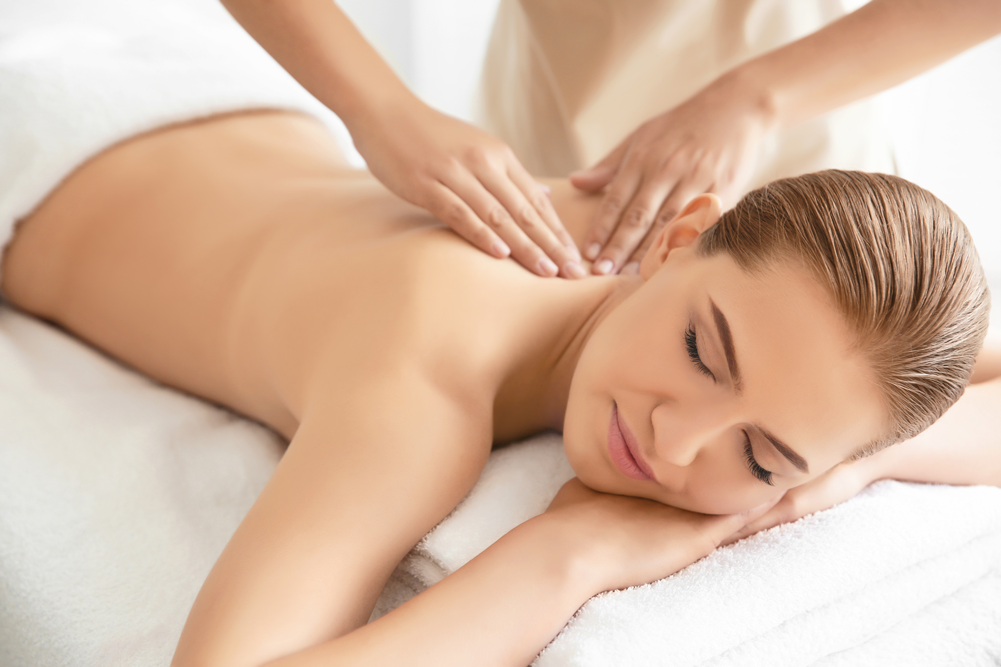Summer is here and in full swing! Vacationing, eating outdoors and getting more sun are how most of us will spend these next few months; which in return, means an increased risk of sun damage and possibly skin cancer. Over the past several decades, more people have had skin cancer than all other cancers combined. At present, one in five Americans will be diagnosed with some form of skin cancer in their lifetime. I don’t know about you, but I find that pretty chilling! Let’s discuss the various types of radiation from the sun and the dangers of not protecting our skin.
There are 3 types of ultraviolet (UV) rays that come from the sun, UVA, UVB, and UVC. UVA rays are the longest wavelength and are present all day every day. UVA rays can penetrate clouds and windows and is the primary cause of premature aging of the skin. They’re strong enough that prolonged exposure can penetrate into the dermis shrinking collagen and elastin fibers causing fine lines, wrinkles and loss of elasticity. Tanning beds contain very high amounts of UVA which darken the skin quicker and also why it’s a good idea to steer clear of these dangerous devices.
Next are UVB and UVC rays. UVB rays are medium wavelength and their intensity varies between time of day, location and time of year. These rays penetrate the epidermis, stimulate melanin and can result in freckles, mottled and uneven complexion as well as redness and sunburn. Again, not what we’re looking for in healthy skin. UVC rays are the shortest wavelength of the three and lucky for us are filtered by the ozone layer and do not reach the earth’s surface.
So how do we protect ourselves while enjoying the summer weather? Here’s the lowdown on the different types of protection out there. Classic vs. Mineral- Classic sunscreens use chemical active ingredients designed to absorb and dissapate UVA/UVB rays while mineral (also commonly referred to as “physical”) active ingredients such as titanium dioxide and zinc oxide scatter and reflect UVA/UVB rays. There are pro’s and con’s to both types of SPF’s. Mineral or “physical” SPF’s are nice because they protect from the sun as soon as it’s applied, no wait needed. It also lasts when in direct UV light (but NOT when doing physical activities that cause sweat or getting wet.) It’s also less likely to clog pores and cause blemishes. However, it takes a little more effort to rub into the skin and may leave a chalky white residue. People with sensitive skin tend to do much better with mineral SPF.
Chemical sunscreens tend to be thinner, therefore, spreads more easily on the skin making it more wearable for daily use. Less is actually needed to protect the skin opposed to the mineral version. Some cons though consist of things like it must be applied at least 15 minutes prior to being in the sun for it to be effective. There is also increased chance of irritation and stinging due to the multiple ingredients combined in order to achieve broad spectrum UVA & UVB protection. Application types make a difference too. With spray or mist sunscreens it’s much easier to miss spots during application which could actually increase the chance of sunburn. Be sure to rub these in as well to ensure proper coverage.
As an esthetician in the skincare industry, I highly recommend wearing SPF daily, whether its summer, fall, winter or spring. An all-around powerhouse SPF is Image Skincare’s prevention+ Daily Ultimate Protection Moisturizer. This is because of their unique blend of antioxidants which protect the skins cells and DNA against free radical change. It is available in 30 or 50 SPF, as well as tinted for a hint of color, matte for oily skin types which is also oil free. Having a SPF in our makeup is a great option but consider it an extra layer, not your main safeguard. Also, don’t forget to protect your ears, neck and scalp. We tend to neglect these areas and they are some of the most susceptible places to develop skin cancer. Another thing, if your hesitant to go out and purchase more sunscreens this summer when you already have bottles left over from last year, remember it becomes a lot less effective over time with most of them expiring about 12 months after being opened. If you’re using sunscreen correctly and over all exposed areas, you shouldn’t even have any leftover. So next time you plan to head out the door for a summer cookout or swim in the pool, remember the importance of proper sun protection.

